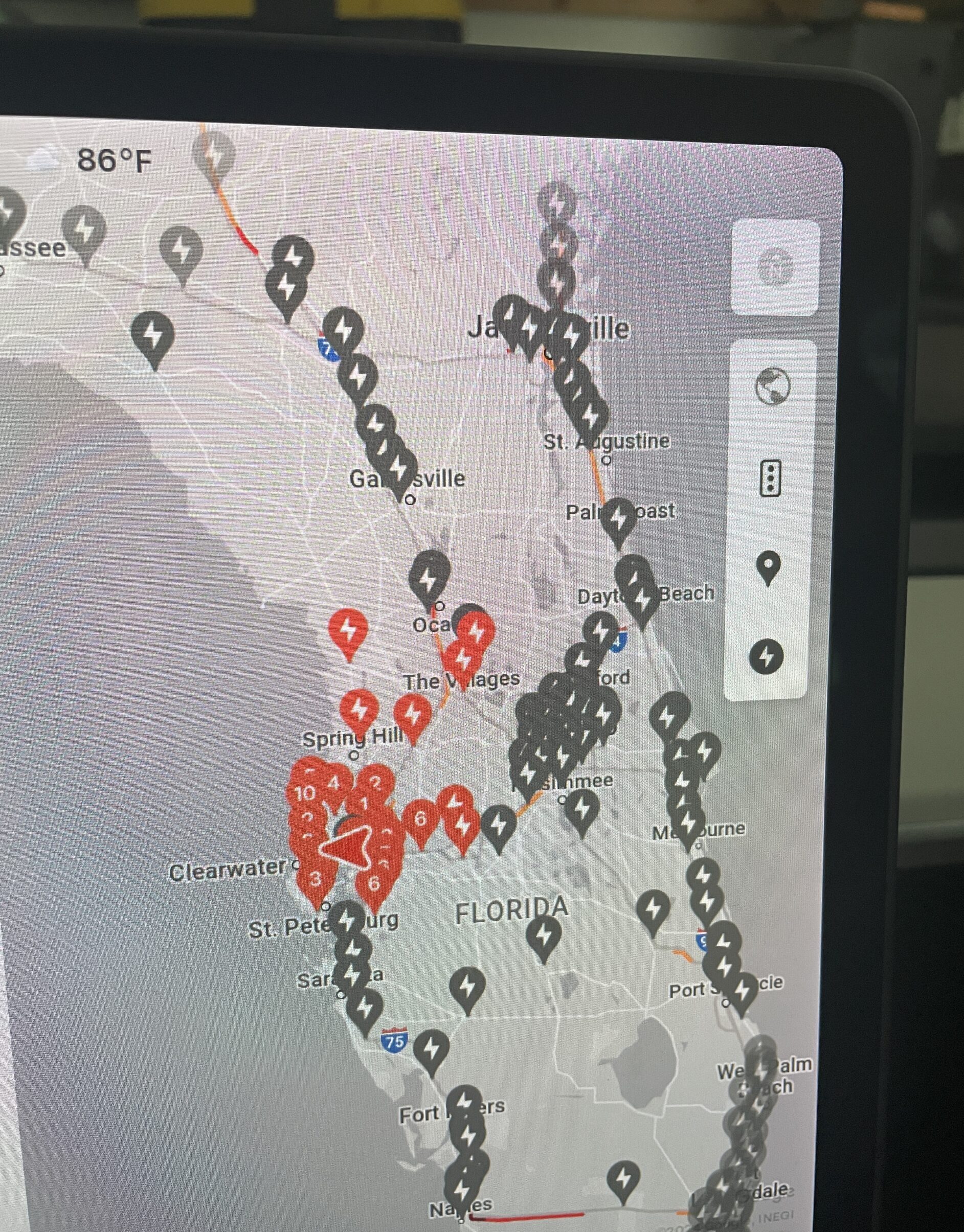Vale has reported its Q1 2024 results, where the stand out figures are for iron ore whose production increased from 66.8 Mt in Q1 2023 to 70.8 Mt in Q1 2024. A big bonus was seen in its Northern System, namely at S11D, where iron ore production was up by 1.4 Mt year on year from 16.32 Mt to 17.71 Mt. This was S11D’s highest Q1 output since 2020, with Vale stating that continued asset reliability initiatives had secured greater operational stability during the rainy season.
Eduardo Bartolomeo, Vale CEO, gave some clues to the reasons for the improved performance in the webcast discussion on the results: “At S11D, increased geological knowledge enables more accurate mining plans, while the truckless system combined with a mobile mining fleet provides further operating flexibility. Our long-term ability to deal with jaspilite relies on the installation of the new crushers, as you know, but these surgical measures have allowed us to operate S11D with more efficiency, with the highest production for a first quarter since 2020.”
What are the surgical measures? Bringing trucks back into a previously all truckless mine is a major part of this. The mine since it began operation has used a truckless concept with an IPCC system for waste and ore. There are four mobile crushing systems working in conjunction with conveyor belts that move along the benches as the mining face advances in favourable zones. These systems were originally suppled by Sandvik as four PF200-9500 fully mobile IPCC systems; with FLSmidth assuming responsibility for the project when it acquired Sandvik Mining Systems in 2018. The crushing stations are loaded by a Caterpillar 7495 rope shovel. The PF200 conveyor loads a mobile Sandvik beltwagon with 11,500 t/h capacity which in turn loads a main pit conveyor.
Initially the crushing stations used Sandvik CR810/18-40 so-called hybrid roll crushers but later FLSmidth ABON sizers were deployed – 16/400 sizers with a new teeth interlacing chevron pattern to reduce the granulometry of the final product without impacting the feed rate of 9,000 t/h with top size up to 1,600 x 1,600 mm. Ultimately after a lot of hands on experience these systems have worked well but where the fully mobile and belt systems are not feasible, the mine has also increasingly been using traditional truck-shovel methods for extraction of ore and waste to add much needed flexibility. Vale is now calling this a hybrid approach.
A major issue S11D has had from the outset is the referenced jaspilite in places – a hard rock from the Carajas formation containing bands of jasper and iron minerals with 42% average Fe and 36% average SiO2. It is a challenge due to its high abrasiveness and compressive strength. To try to handle the compact material better as well as to mine more marginal areas of the deposit Vale at the start of the project also sourced three fully mobile crushing rigs from TK Mining equipped with a large jaw crusher of type EB 20×15 which were hydraulic excavator loaded. These are understood to be still in use but mainly as stationary crushers.
Vale has now opted for a dedicated solution involving a separate investment of US$755 million for the Compact Crusher Project at S11D which will enable the efficient processing of harder jaspilite and transition material. The scope involves the implementation of primary crushing, secondary crushing and a belt conveyor system with a capacity of 45 Mt/y. Vale has said it is based on gyratory crusher technology. To date, the project is 33% complete. Concrete has been laid for the first floor of the building of the primary crushing structure. Civil construction for the second crusher has started. Work on the associated conveyor belts of the Western Corridor are expected to be completed in H1 2024.
Overall S11D capacity is now 90 Mt/y but a major expansion is underway known as Serra Sul 120, referring to the fact that the project will see production reach 120 Mt/y by 2026. The project consists of the opening of new mining areas and includes the installation of a semi-mobile crusher in Area 5.




